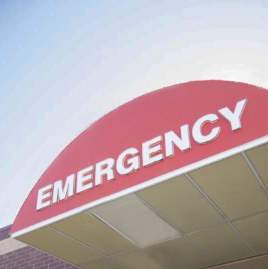Emergency Medical Services
The IHS Emergency Medical Services (EMS) Program provides leadership and assistance to American Indian and Alaska Native (AI/AN) people through the development of comprehensive EMS systems. IHS works to improve the quality of patient care and reduce diseases and mortality through injury prevention programs such as community injury control and substance abuse prevention.
What are Emergency Medical Services?
An EMS system is a comprehensive, coordinated arrangement of resources and functions which are organized in stages to respond to targeted medical emergencies in a timely manner and to minimize the physical and emotional impact of the emergency, regardless of the cause or the patient's ability to pay. Emergency Medical Service response stages include prevention, detection, notification, dispatch, pre-arrival, on-scene, transport and facility notification, emergency department/receiving facility, inter-facility transport, critical care, inpatient care, rehabilitation, and follow-up.
Program Organization
The EMS Program is largely tribally managed at the service delivery level. Within the IHS, EMS components exist at the Headquarters, Area, and Service Unit levels. At the Headquarters level, EMS responsibility falls within the Division of Clinical and Community Services. National Medical Direction and National EMS training functions are carried out by staff assigned to field locations.



